How Do I Keep Up With The Current Trends And Tools In Data Engineering?
4.8 out of 5 based on 9587 votesLast updated on 12th May 2025 15.3K Views
- Bookmark

How Do I Keep Up with the Current Trends and Tools in Data Engineering How Do I Keep Up with the Current Trends and Tools in Data Engineering?

Introduction to Data Engineering Trends
It is not easy to keep up in data engineering. The industry evolves rapidly. New systems, tools, and frameworks emerge frequently. What was effective last year may not be effective today. If you are new to the field or if you are part of a Data Engineer Training And Placement, you need to learn more than the fundamentals. You can't simply follow outdated tutorials or YouTube videos. You need to be resourceful in learning what's currently new and what's relevant in actual jobs.
How Do I Keep Up with the Current Trends and Tools in Data Engineering?
Learn From Actual Data Systems
- Do not depend only on books or courses. Learn from actual data systems.
- Most large businesses make known how they implement their data pipelines. Netflix, Airbnb, Shopify, and Uber have their architecture written up.
You can read their technology blogs and Medium articles. You will observe how batch and real-time workloads execute. You will understand how the data is tracked, cleaned, and monitored. Apache Airflow, Kafka, and dbt are frequently used tools.
Example:
Spotify has data pipeline tools that it calls Scio (built atop Apache Beam).
Netflix uses Keystone to do processing in scale.
If you read these blogs, make sure you check out these things:
- How they move the data
- How they error-handle
- How they monitor the flow
These are stuff that most courses won't cover.
Utilize GitHub to Keep Tabs on Trends
GitHub isn't solely for coders. You can try searching phrases such as:
- "ETL pipeline"
- "data lakehouse"
- "real-time data"
- "streaming architecture"
Order the results by "most recently updated." New and active projects will be there. These are the tools being used in action and developed.
Check:
- Star count (indicating popularity)
- Last commit (indicating how often the project is updated)
- Open issues (indicating frequent issues)
- Pull requests (indicating what's being changed)
You can learn by cloning the project. Experiment and read through the code.
Some of the tools began here before expanding large:
- nbt (data conversion)
- Dagster (contemporary orchestration)
- Airbyte (platform of data connector)
These software applications are complimentary. Begin implementing minor pipelines based on them.
Employ Certifications Smarter
Participating in a Data Engineer Certification Course is fine. Don't only do that, however.
Certifications by AWS, GCP, and Azure train you for tools. However, they will not teach you the selection thereof.
For instance:
- Do you need to work with Kafka or Pulsar?
- When and how do you work with batch or streaming?
- Is Snowflake superior to Redshift for your situation?
Courses won't provide answers to those. You need to learn from actual discussions and guru talks.
Here's how:
- Participate in Slack or Discord communities for tools such as Airflow, dbt, or Kafka.
- Read the tool docs and upcoming roadmaps (typically under "RFC" or "Proposal").
The more you experiment outside of the course, the better choices you can make in actual work.
Related Course:
Practice in Cloud Sandboxes
Reading will not do. You have to build. Most cloud platforms offer you free credits.
You can experiment:
- BigQuery on Google Cloud
- Redshift, Athena, or Glue on AWS
- Snowflake with free trial
Select a problem. Attempt to solve it with actual data. Here are some ideas:
- Build a pipeline that detects fraud in real-time using Kafka and Flink.
- Create a metadata catalog using Amundsen connected to S3.
- Set up CDC (Change Data Capture) using Debezium and PostgreSQL.
You will learn how to:
- Connect different tools
- Monitor pipelines
- Optimize costs
- Debug errors
Also, take part in hackathons. Some good sites are:
- Kaggle (for datasets)
- DevPost (for building full systems)
- Major League Hacking (for cloud hackathons)
These events give real-world problems. You will think fast, build fast, and learn faster.
Join Communities and Stay Active
Learning alone is hard. Join data engineering communities.
Some useful places:
- Reddit: r/dataengineering
- LinkedIn: Follow experts and company pages
- Twitter: Follow engineers from dbt, Snowflake, Airflow
- Slack channels: Join dbt, Dagster, or Airbyte groups
Every day, new posts and ideas come up. You will learn tricks, tools, and tips that no course covers.
Also, follow changelogs. For example:
- Airflow has a detailed changelog with every release
- dbt shows what features are coming soon
These assist you in preparing to learn and be ahead of others.
Table: Tools and What to Watch For
Tool/Platform | What to Do |
dbt | Follow releases, read community blog posts |
Apache Airflow | Try newer versions, explore new DAG features |
Kafka | Understand event-based design, use cloud connectors |
Snowflake | Test SQL features, pricing optimizations |
Dagster | Try new asset-based scheduling |
Airbyte | Build custom connectors, follow new plugin launches |
Flink | Learn real-time stream processing use cases |
Great Expectations | Build data quality checks into pipeline |
What Others Miss (But You Should Not)?
The majority of blogs and videos cover everything that's fashionable. They all say the same thing: "real-time is increasing," "cloud is superior," "data lakehouse is the future."
You already know that. Ignore it.
Work on:
- How tools are utilized in actual businesses
- How integration is accomplished in multi-cloud environments
- What pain points engineers discuss on forums
- This provides actual knowledgenot theory.
- Check Data Engineering Podcasts and Newsletters
Occasionally, you don't have the time to read lengthy blogs or view videos. Podcasts and newsletters are perfect for learning while on the go. You can listen when walking or working.
Some good data engineering podcasts:
- Data Engineering Podcast
- The Data Stack Show
- Modern Data Show
They talk to experts from top companies. You will hear real challenges, new tools, and smart solutions.
Also, subscribe to newsletters like:
- Data Engineering Weekly
- The Pragmatic Engineer
- Analytics Engineering Roundup
These give weekly updates. You will get curated content, tool launches, and case studieswithout wasting time searching.
You May Also Read:
Data Science Interview Questions and Answers
Understand the “Why” Behind Each Tool
Don’t just learn how to use a tool. Learn why it exists.
For example:
- Why do companies switch from batch jobs to streaming?
- Why is dbt taking the place of old-school ETL?
- Why do startups work with Snowflake rather than Hive?
Knowing the "why" makes you make more informed decisions on actual projects. It also makes you describe what you do during interviews or team meetings.
Key Takeaways
- Learn actual pipelines, not merely course diagrams.
- Explore new tools through GitHub and try them out.
- A Data Engineer Certification Course is helpful but you need to learn beyond it.
- Develop projects yourself using cloud sandboxes.
- Participate in online communities to learn through actual experiences.
- Keep an eye on tool changelogs and conference presentations for in-depth learning.
Sum up,
The greatest data engineers are continually learning. Not out of necessity, but because they know that staying one step ahead is the job. You don't require expensive degrees or 10 years of experience. What you do require is curiosity, hands-on practice, and a practice of following what's new. Enrolling in a Data Science Course in Noida can be a great step toward building these skills.
FAQs
- How do I know what data engineering tools are really used in companies?
- Rather than make an educated guess, look at company tech blogs, GitHub repositories, or job postings. Look at what they talk about frequentlysuch as Airflow, dbt, Kafka, or Snowflake. That's an unmistakable indicator of what's put into actual work.
- Do I need to learn each new tool that is released?
- You don't have to learn everything. Learn the most widely used tools first. Learn how they address problems. Then select one or two new tools every quarter to learn. Stay focused, not overwhelmed.
- I completed a course. What can I do next to remain current?
- Begin constructing small projects with actual datasets. Utilize free cloud tools. Participate in online communities. And track changelogs or updates of the tools you learned. Courses instruct the fundamentals actual learning occurs when you implement them.
- Is reading blogs sufficient to remain current?
- Reading is useful, but by itself. You need to experiment by yourself. Install a pipeline, code, encounter errors. That's how you really know what's happening. Combine reading with experimentation.
- How can I identify real-life problems to practice on?
- Browse through datasets on Kaggle or Google Cloud. Or attempt to solve basic problems such as creating a data dashboard, cleaning dirty data, or shifting data from one system to another. Even corporate tech talks contain problems they have solved the same.
Subscribe For Free Demo
Free Demo for Corporate & Online Trainings.
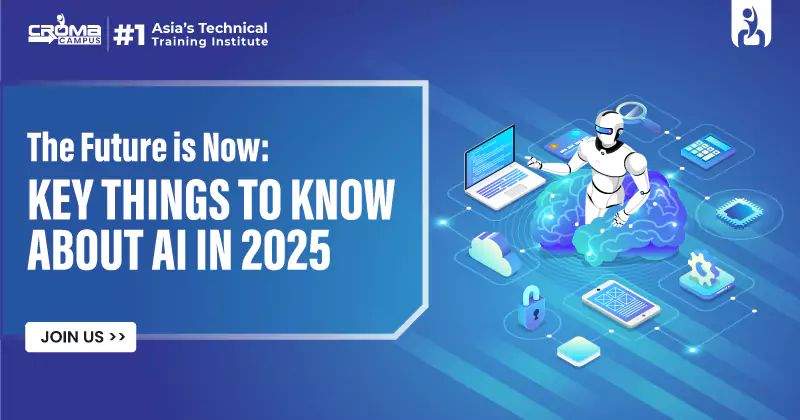
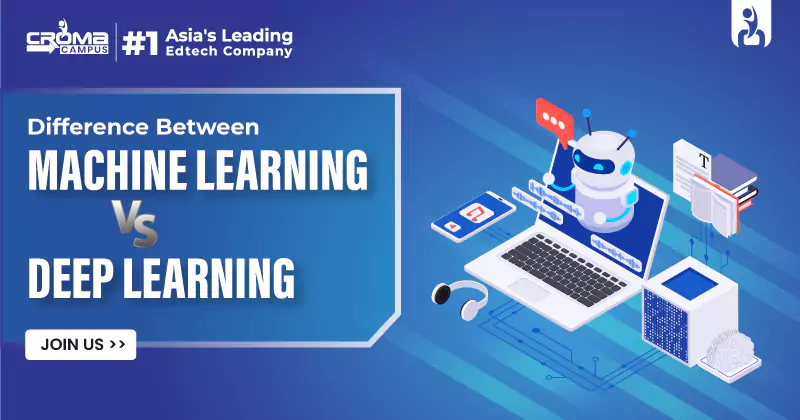
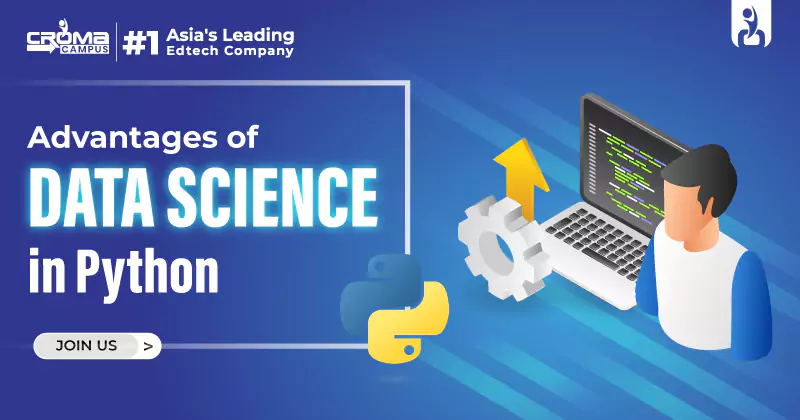
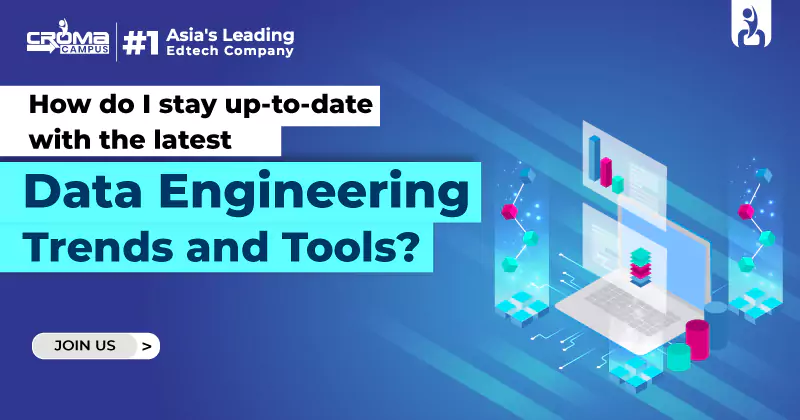
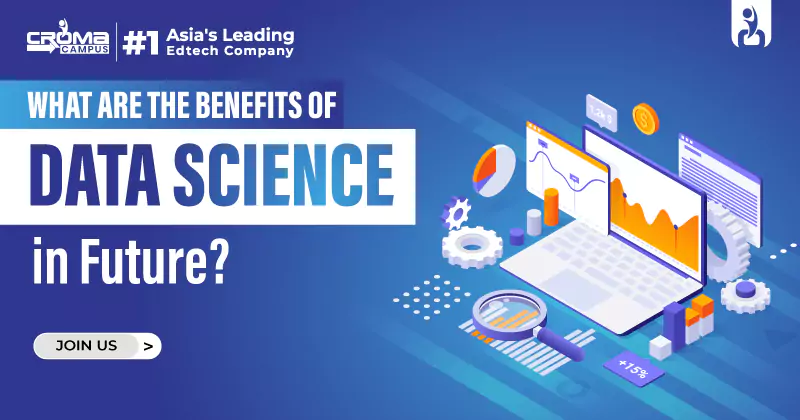
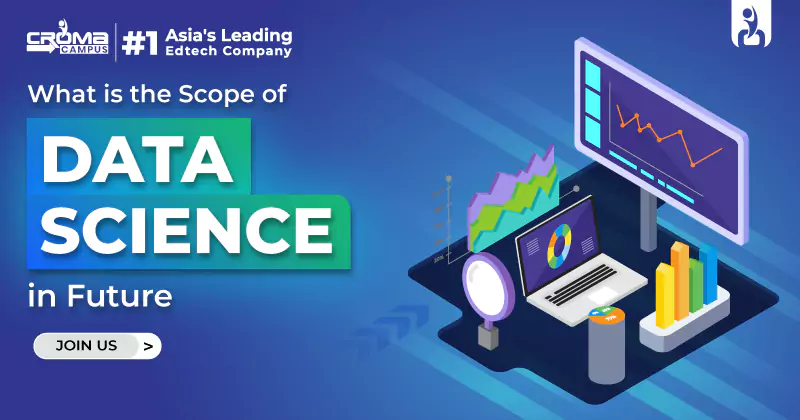

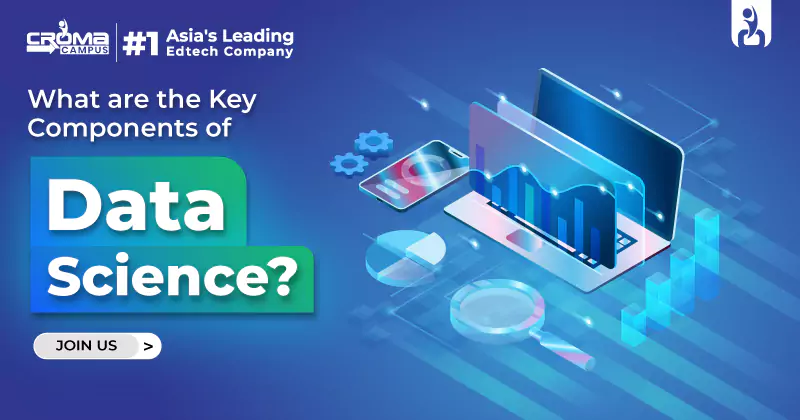
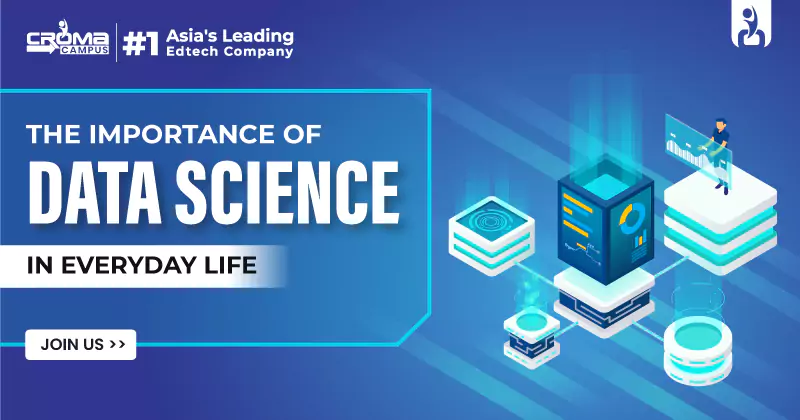

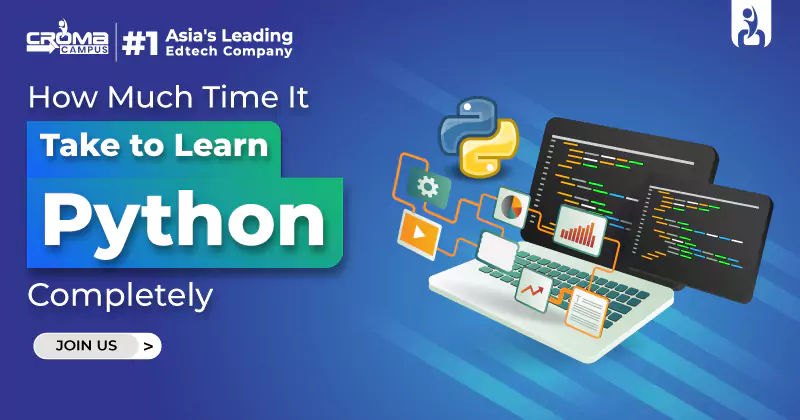
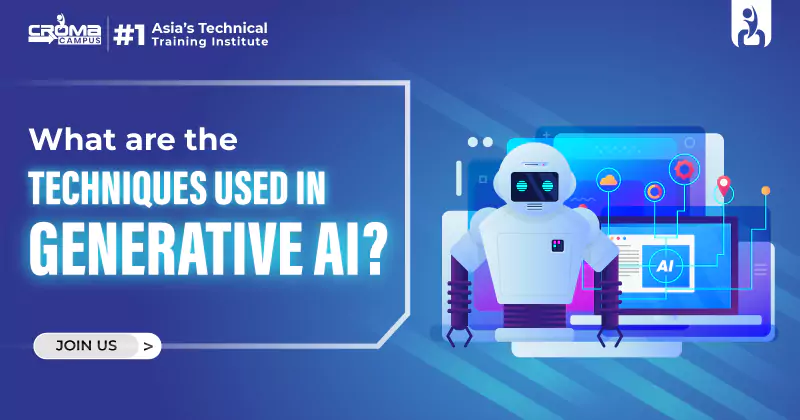





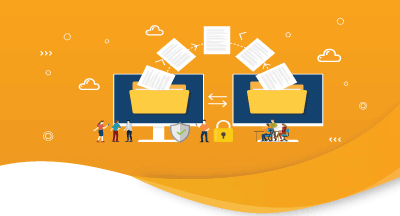







.webp)

.png)















